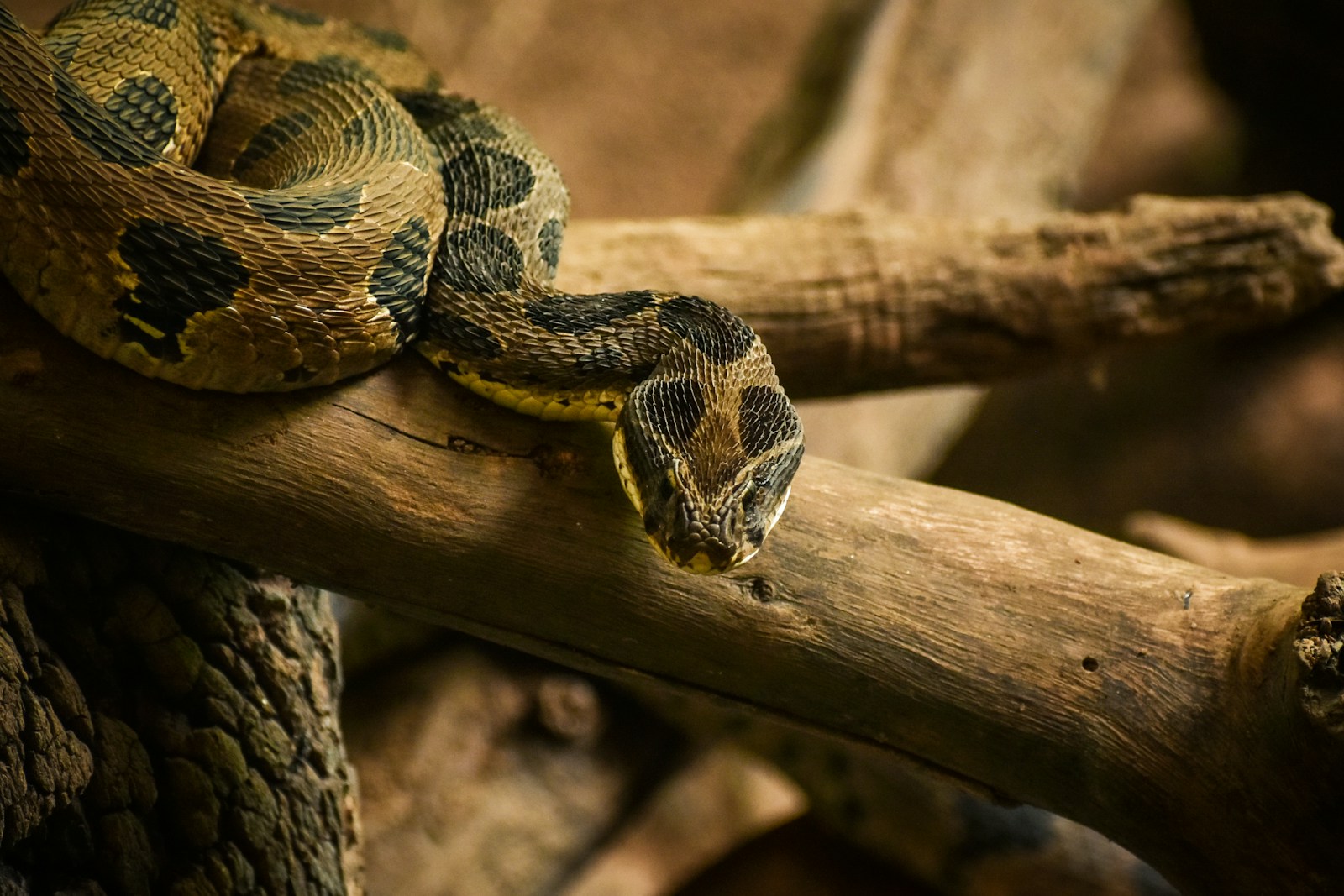In the silent world of reptiles, sound production is rare and often mysterious. While most people associate animal sounds with vocal cords or specialized organs, certain snake species have evolved a remarkable ability to create sounds using nothing but their scales. These specialized scale structures allow snakes to communicate, defend themselves, and navigate their environments without traditional sound-producing organs. From the ominous rattle of a rattlesnake to the subtle scraping of desert-dwelling serpents, scale-based sound production represents one of the most fascinating adaptations in the reptile world. This unique method of sound creation has evolved independently in different snake families across various habitats, demonstrating the impressive adaptability of these limbless reptiles.
The Evolution of Snake Sound Production
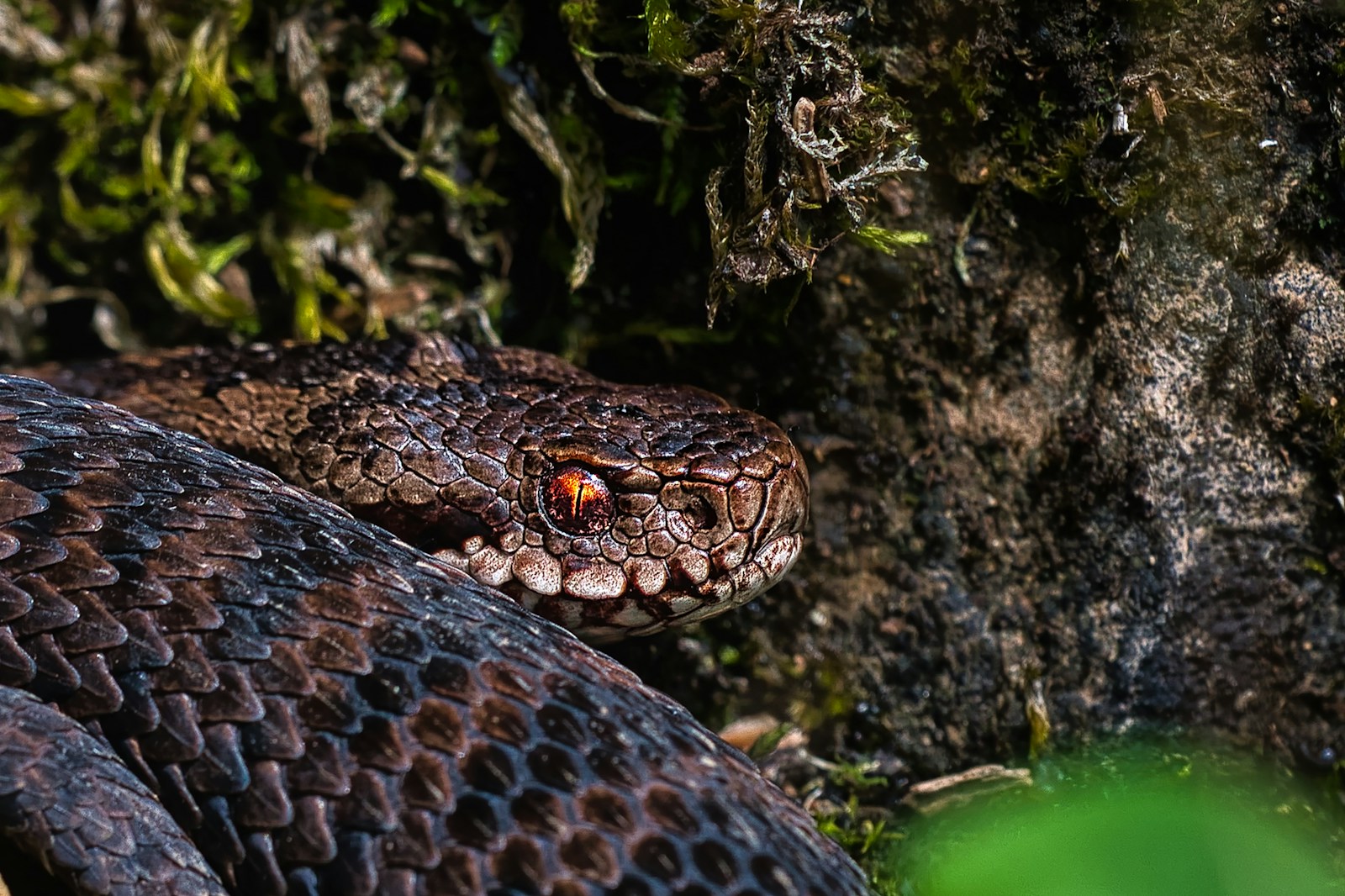
Unlike mammals and birds that evolved vocal cords for sound production, snakes have developed alternative methods to create audible signals. This evolutionary divergence occurred as snakes adapted to their limbless, elongated body form, which required different survival strategies. The evolution of specialized scales for sound production appears to have emerged independently in multiple snake lineages, suggesting its significant survival value. Fossil evidence indicates that some of these adaptations, particularly the rattlesnake’s rattle, developed relatively recently in evolutionary terms—perhaps within the last 10-12 million years. This convergent evolution demonstrates how environmental pressures can lead to similar adaptations across different species when a particular trait provides significant survival advantages.
The Famous Rattlesnake Rattle: Nature’s Warning System
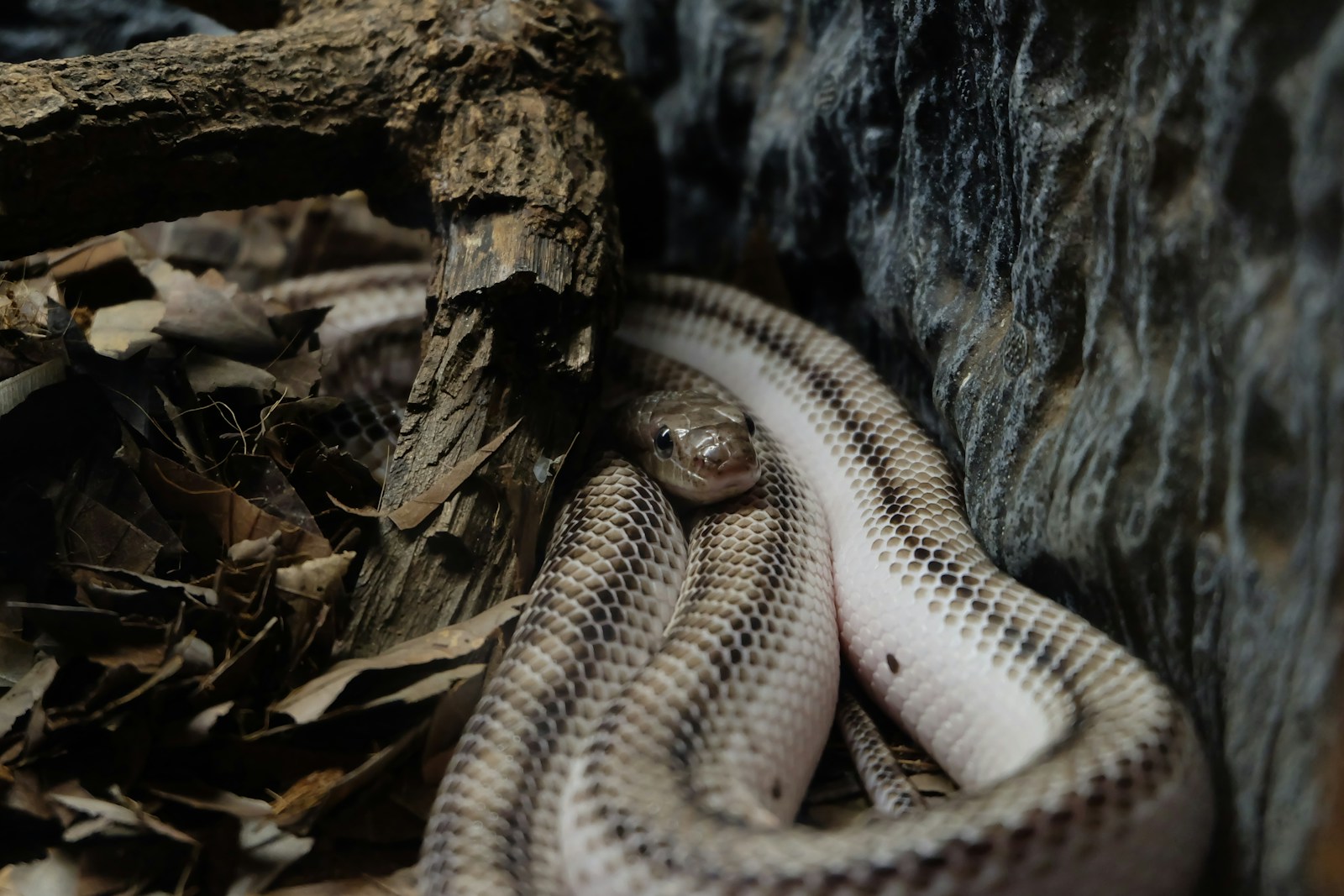
The most well-known example of scale-based sound production is the distinctive rattle of rattlesnakes. This specialized structure consists of interlocking, hollow segments of keratin—the same material that makes up all snake scales. Each time a rattlesnake sheds its skin, a new segment is added to the rattle, though they don’t necessarily correlate directly with age as segments can break off. When the snake vibrates its tail muscles at speeds of up to 90 Hz, these hollow segments rapidly hit against each other, creating the characteristic buzzing sound that can be heard up to 30 feet away. This warning system serves as a powerful deterrent to potential predators, effectively communicating “stay away” without requiring the snake to expend energy in an actual strike.
How the Rattlesnake’s Rattle Develops
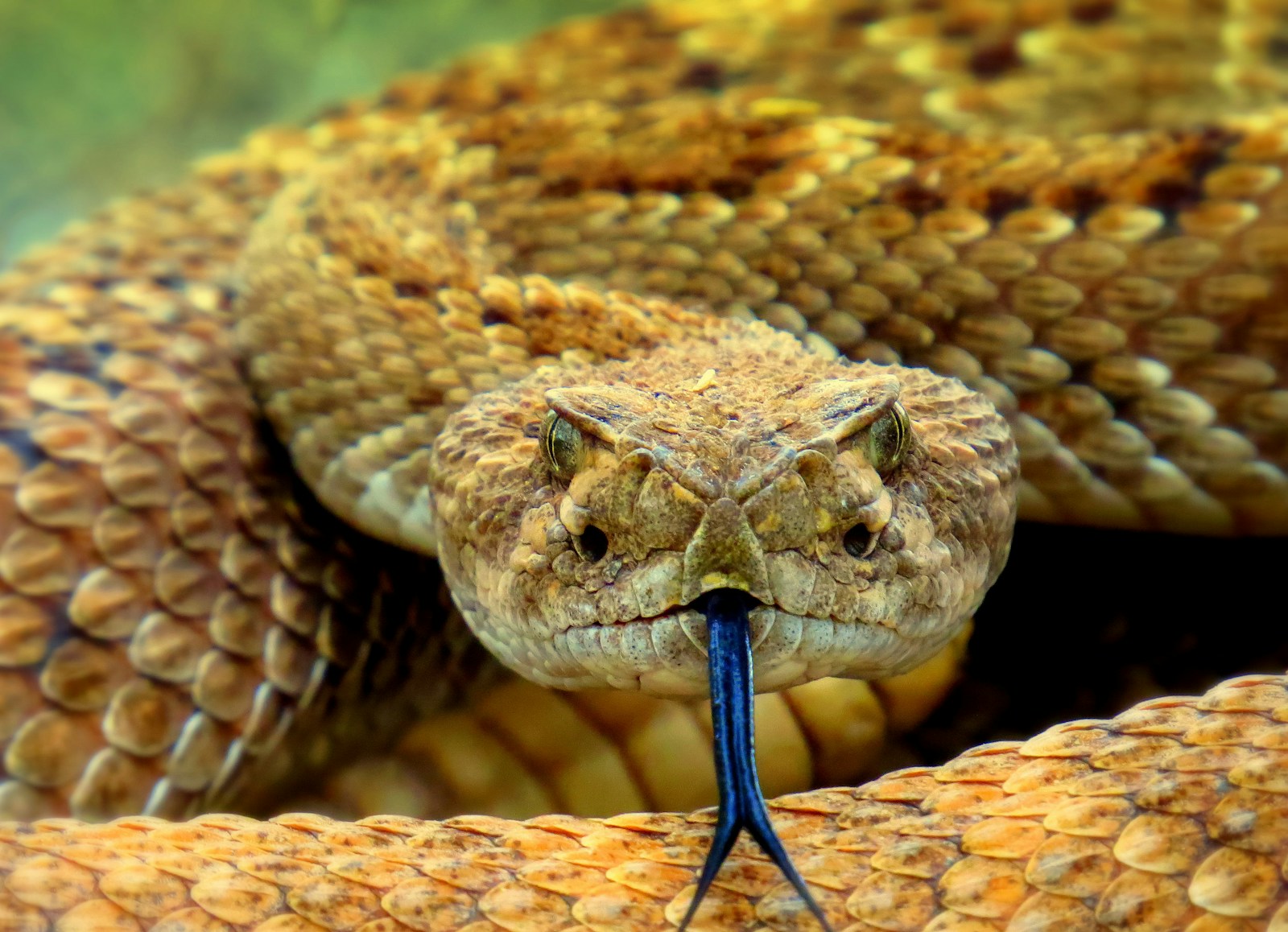
The formation of a rattlesnake’s rattle begins at birth, when the snake emerges with a single button called a pre-button at the tip of its tail. After the snake’s first shed, typically occurring within a week of birth, this pre-button is replaced by the first true rattle segment. Each subsequent shed throughout the snake’s life adds another interlocking segment to the chain, creating a progressively longer rattle. The unique structure of each segment includes a rough interior surface and a slightly wider section that locks into the neighboring segment, ensuring they remain connected while still having enough mobility to vibrate against each other. This ingenious natural design creates what is essentially a percussion instrument made entirely of specialized scales, allowing the snake to produce a sound that’s instantly recognizable to most animals and humans alike.
The Sawscale Vipers: Sandpaper Symphony
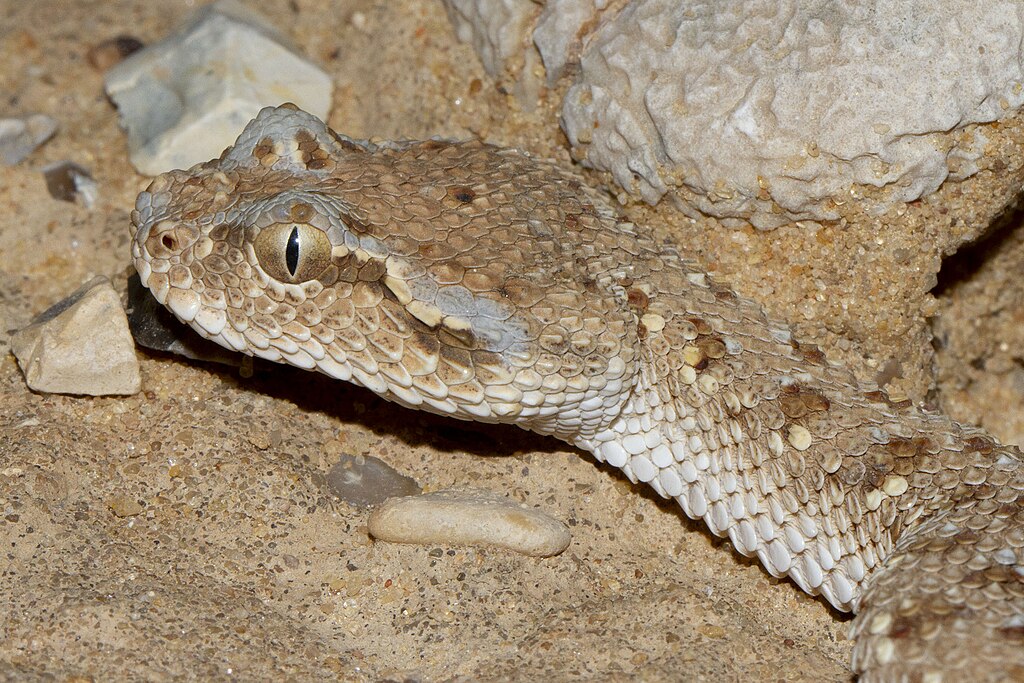
Sawscale vipers (genus Echis) represent another fascinating example of snakes using scales to create warning sounds. These highly venomous snakes from Africa, the Middle East, and parts of Asia have developed specialized serrated lateral scales that create a distinctive rasping sound when rubbed together. When threatened, a sawscale viper coils its body and rubs these scales against each other by moving sections of its body in opposite directions, producing a sizzling sound reminiscent of frying oil or escaping steam. This sound serves as an effective warning to potential predators, signaling the snake’s dangerous nature. The sound-producing scales feature microscopic serrations that increase friction when they contact neighboring scales, amplifying the auditory effect of this defensive behavior.
Desert Sidewinders: Specialists in Sandy Sound Production
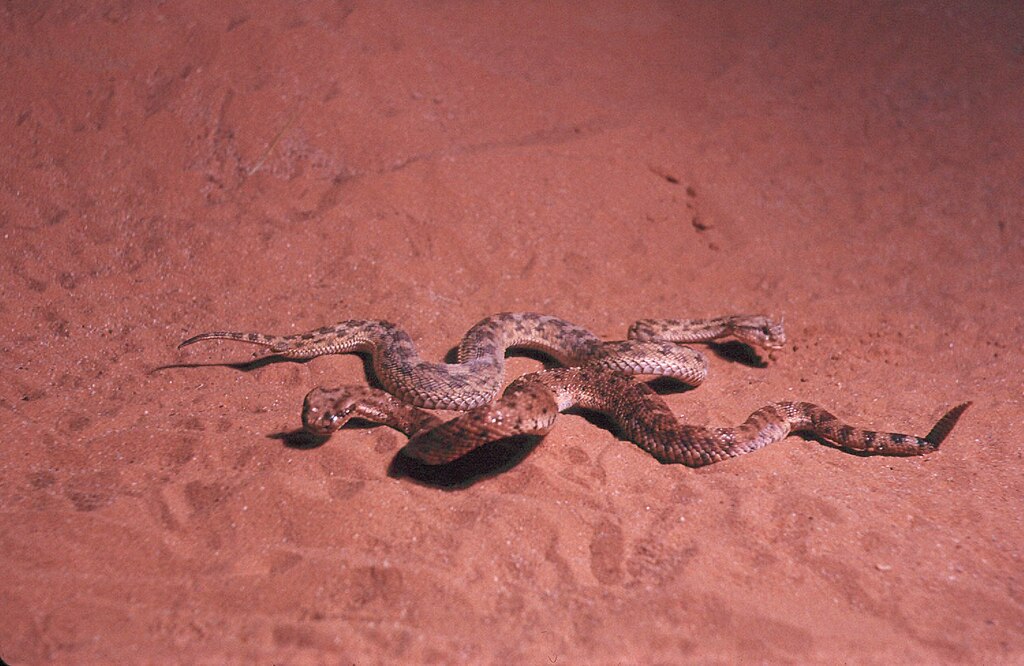
Sidewinder rattlesnakes (Crotalus cerastes) combine their rattle with another form of scale-based sound production particularly suited to their desert habitat. Besides their traditional rattle, these specialized serpents can create a distinctive buzzing sound by rubbing their rough body scales against desert sand as they move in their characteristic sidewinding locomotion. This additional sound production method may help sidewinders communicate their presence to potential mates or territorial rivals when visual signals might be limited in their sandy environment. The rough, keeled scales that aid in their unique sidewinding movement pattern also contribute to this secondary form of sound production, demonstrating how a single adaptation can serve multiple functions in a well-adapted species.
King Cobras: The Hissing Specialists
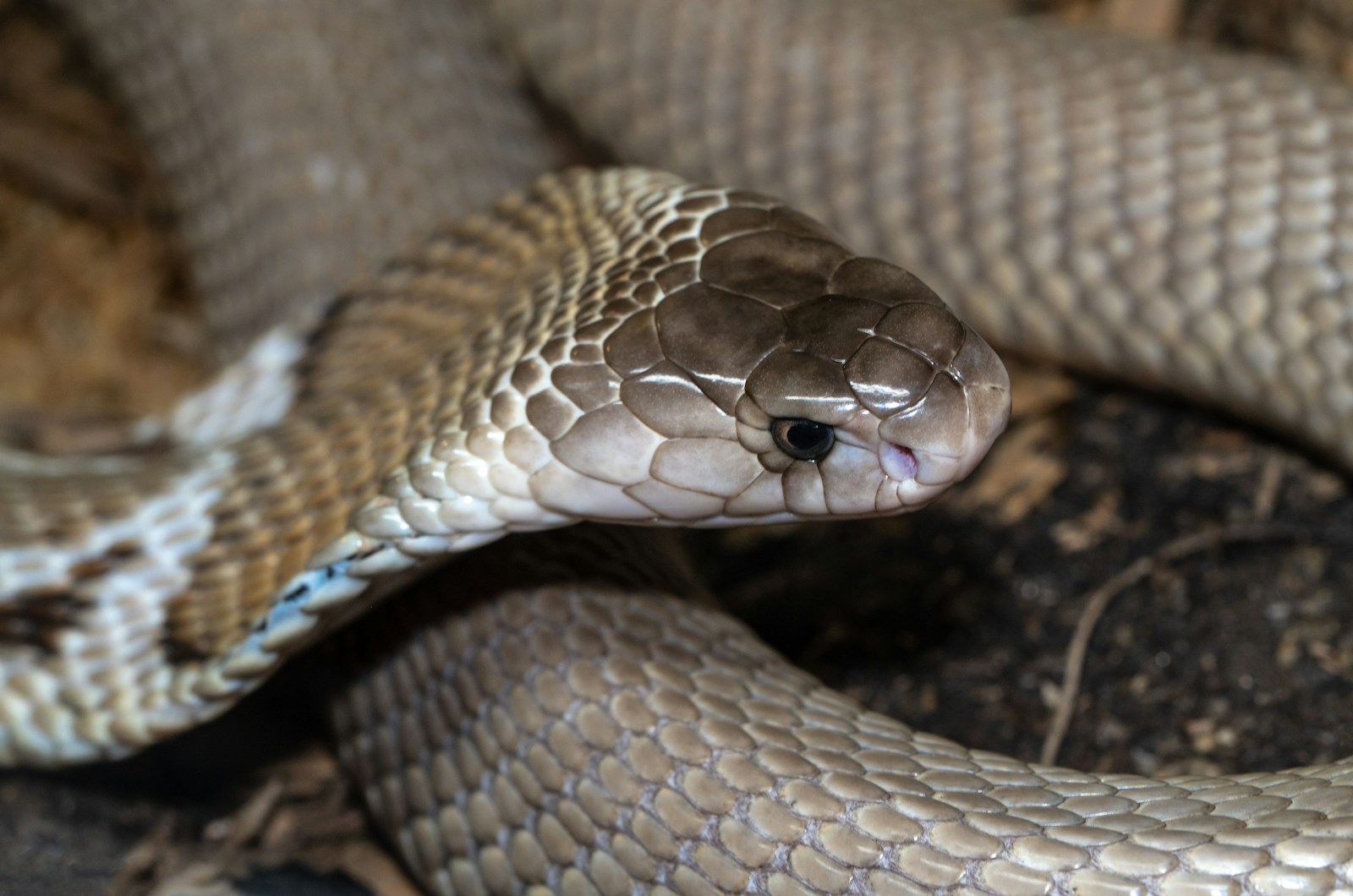
While many snakes can hiss, king cobras (Ophiophagus hannah) have refined this ability to an art form through modified scales and unique anatomical features. Their specialized throat scales create increased friction during air expulsion, producing one of the loudest and most intimidating hisses in the snake world. When a king cobra feels threatened, it expands its iconic hood and forces air through its glottis and past these specialized scales, creating a hissing sound that can be heard from significant distances. The hiss of a king cobra is notably different from other snakes due to the snake’s modified tracheal anatomy and the unique structure of its throat scales, which have evolved specifically to amplify this warning sound.
The Puff Adder’s Warning System
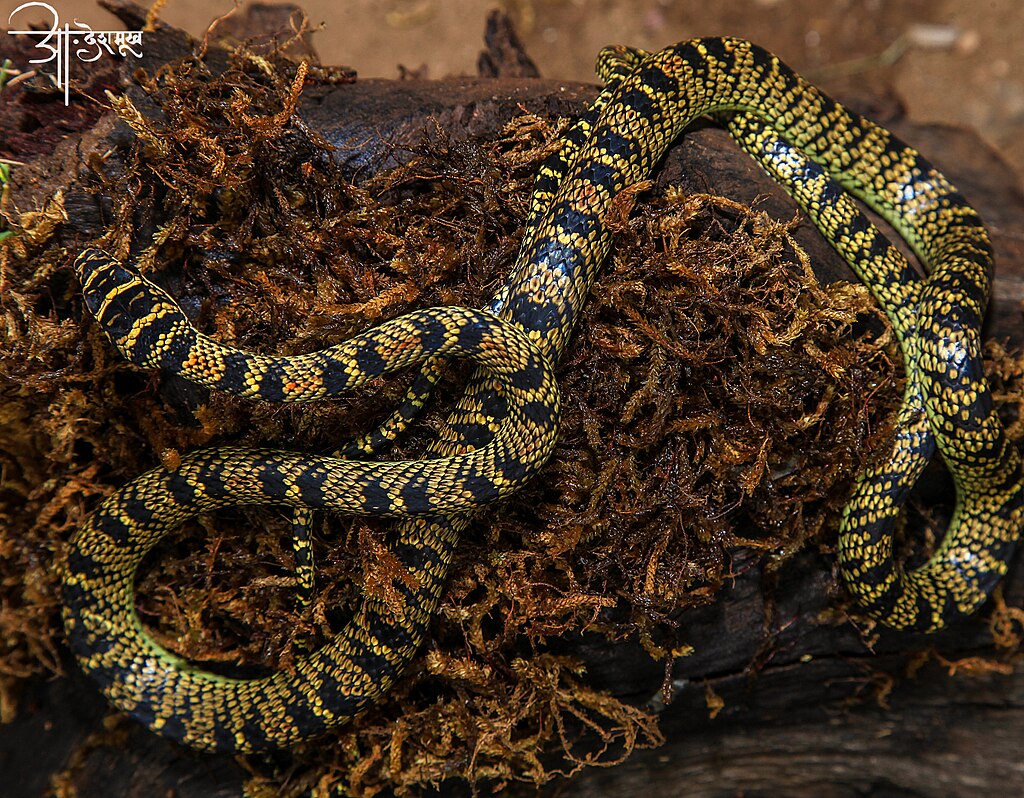
The African puff adder (Bitis arietans) employs a distinctive method of scale-based sound production as part of its defensive repertoire. When threatened, this venomous viper rapidly inflates and deflates its body while simultaneously rubbing its keeled scales against each other, creating a continuous hissing sound that’s amplified by the snake’s inflated body acting as a resonance chamber. The specialized scales along the puff adder’s sides feature microscopic ridges that increase friction when moved against adjacent scales. This adaptation allows the snake to create a warning sound that’s disproportionately loud for its size, effectively deterring potential predators without requiring the snake to expend the energy and risk associated with an actual strike.
Scale Structure and Sound Production
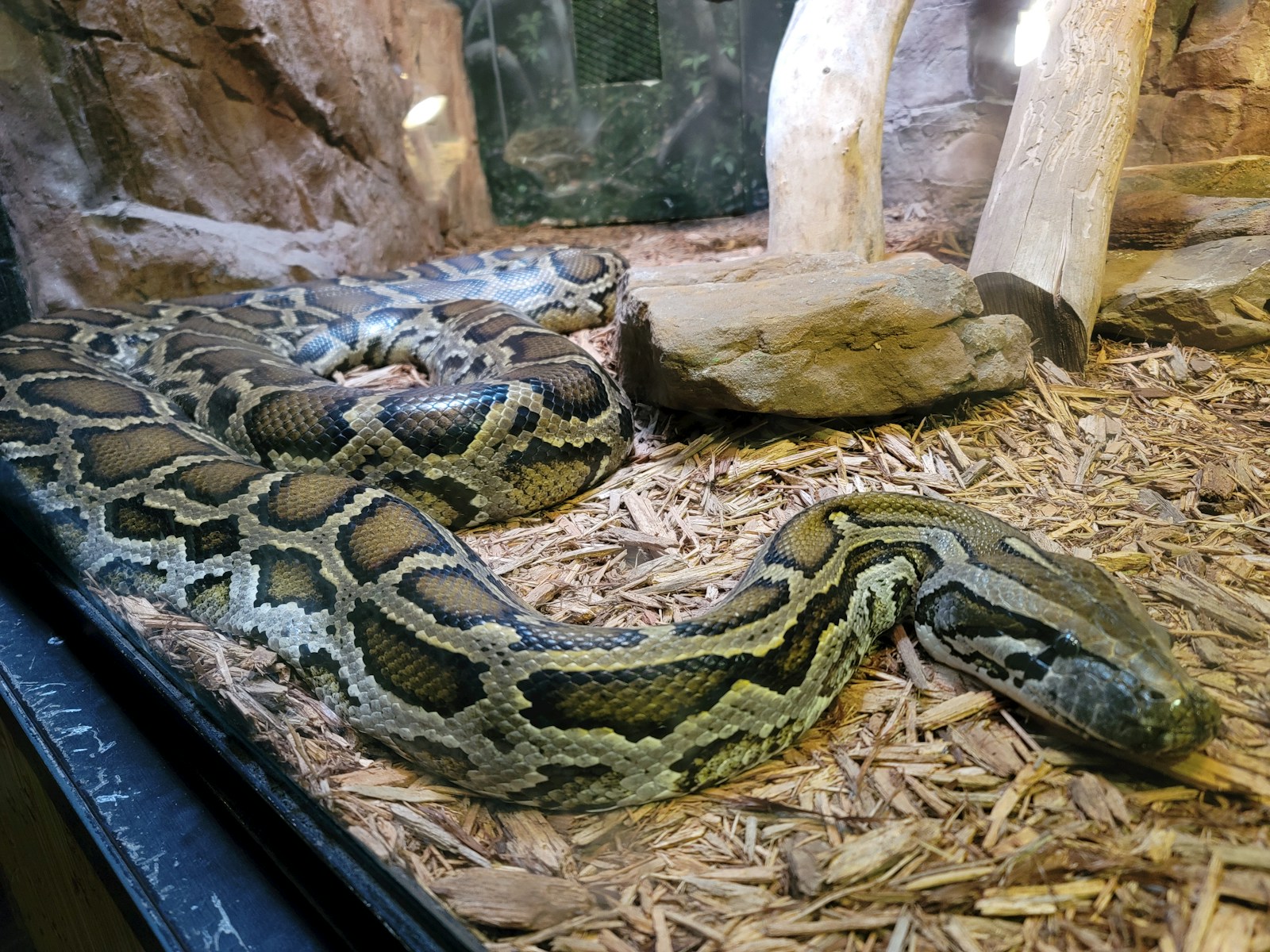
The microscopic structure of sound-producing scales differs significantly from regular body scales in specialized species. Under scanning electron microscopy, sound-producing scales reveal complex surfaces with micro-ridges, serrations, or textured patterns that increase friction and enhance sound production when moved against other scales or substrates. These specialized scale structures often feature increased keratinization and rigidity compared to standard body scales, making them more effective at generating audible vibrations. The arrangement of these scales on the snake’s body is equally important, with sound-producing scales typically positioned in locations that facilitate maximum contact during specific defensive postures or movements. This specialized arrangement ensures optimal sound production with minimal energy expenditure, an important consideration for ectothermic animals that must carefully manage their energy budgets.
Sound Production vs. Traditional Hissing
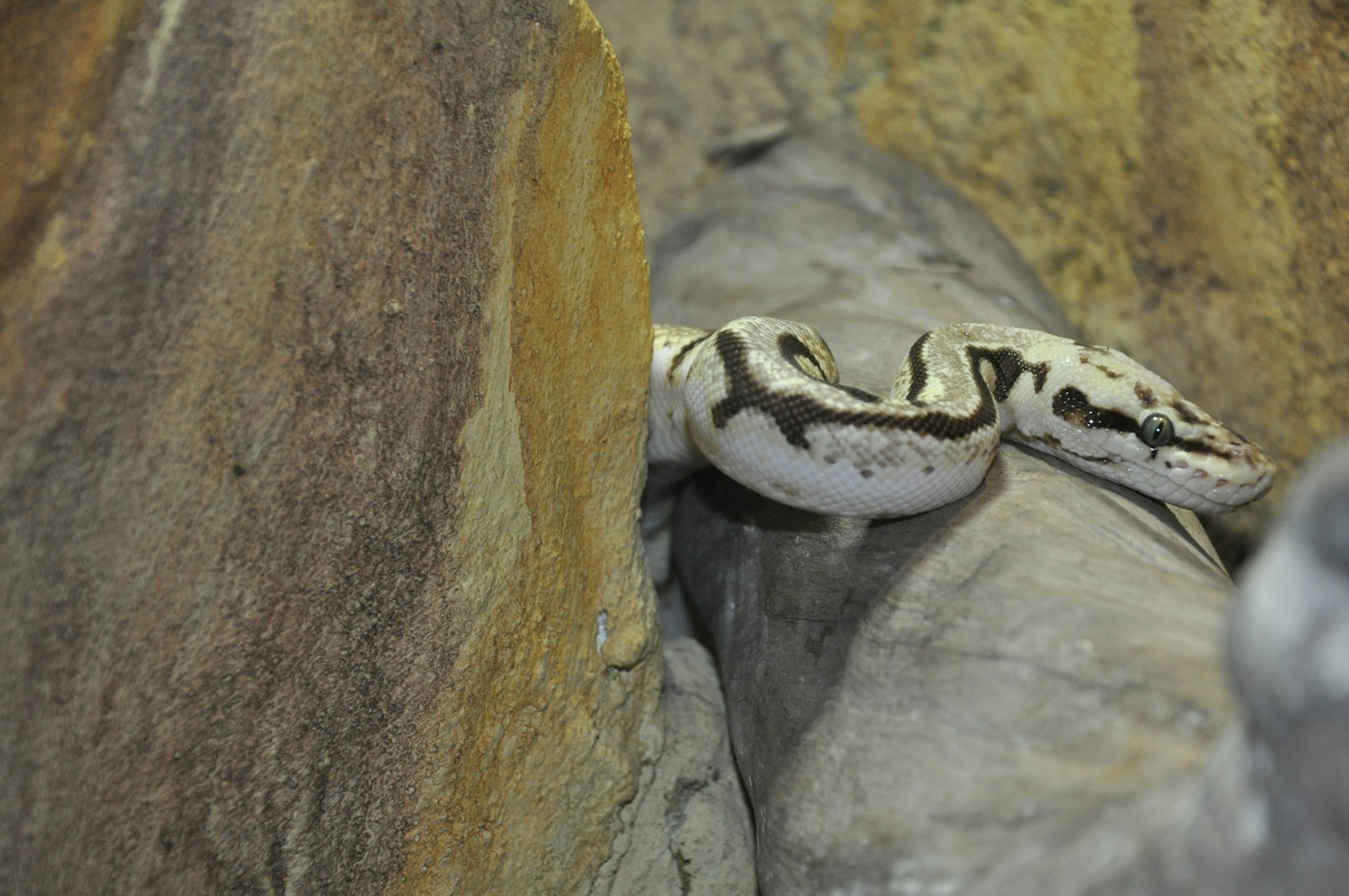
It’s important to distinguish between scale-based sound production and the more common hissing behavior observed in many snake species. Traditional hissing occurs when a snake forces air through its glottis (the opening to the windpipe), creating a sound that doesn’t primarily involve scale friction. Scale-based sound production, by contrast, relies on the physical interaction between specialized scales or between scales and the environment to generate sound waves. Some advanced sound-producing species like the king cobra combine both methods, using modified scales to amplify and modulate their respiratory hissing sounds. This combination of methods creates a more complex acoustic signal that can communicate different levels of threat or different messages entirely, demonstrating the sophisticated communication abilities of these seemingly simple animals.
The Acoustic Properties of Snake Sounds
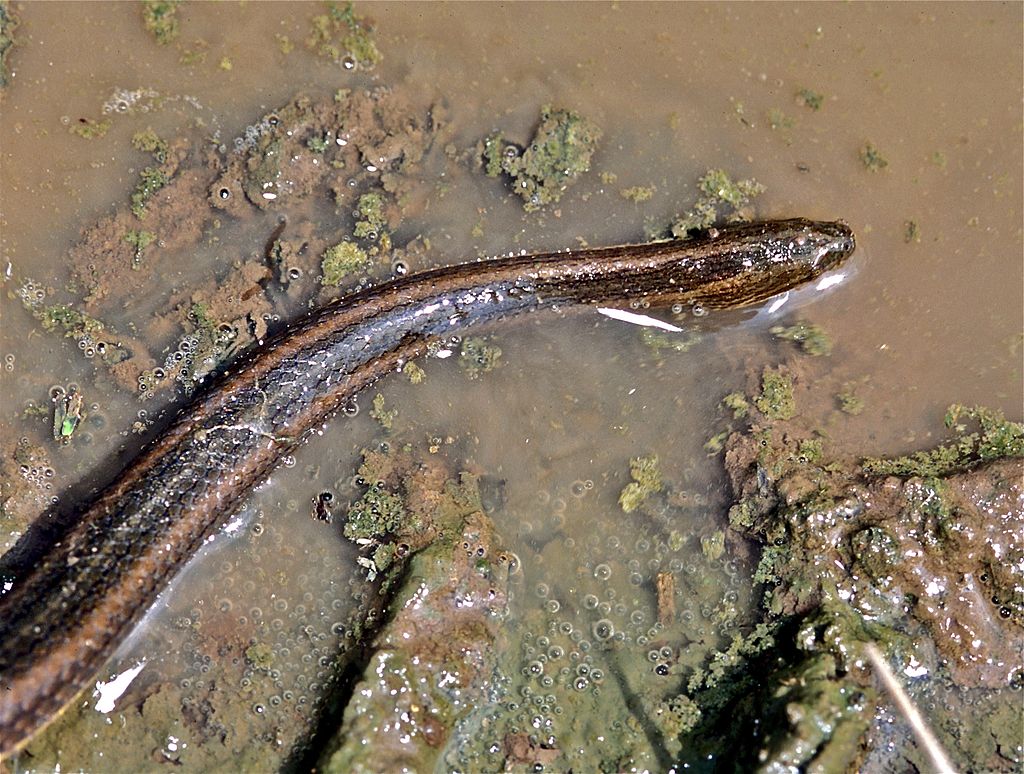
The sounds produced by snake scales have distinct acoustic signatures that serve specific biological functions. Rattlesnake rattles typically produce frequencies between 2-20 kHz, with harmonics that carry efficiently through various habitats and remain recognizable even in environments with significant ambient noise. The sawscale viper’s rasping sound contains predominantly higher frequencies that travel well through the snake’s arid habitat, allowing the warning to be heard by approaching predators before visual contact is made. Researchers using specialized audio equipment have discovered that many of these scale-produced sounds contain infrasonic components below human hearing range, suggesting these signals may communicate additional information to other animals with appropriate hearing sensitivities. These specialized acoustic properties demonstrate how finely tuned these sound production mechanisms are to their ecological context and biological purpose.
Ecological Significance of Scale-Based Sounds
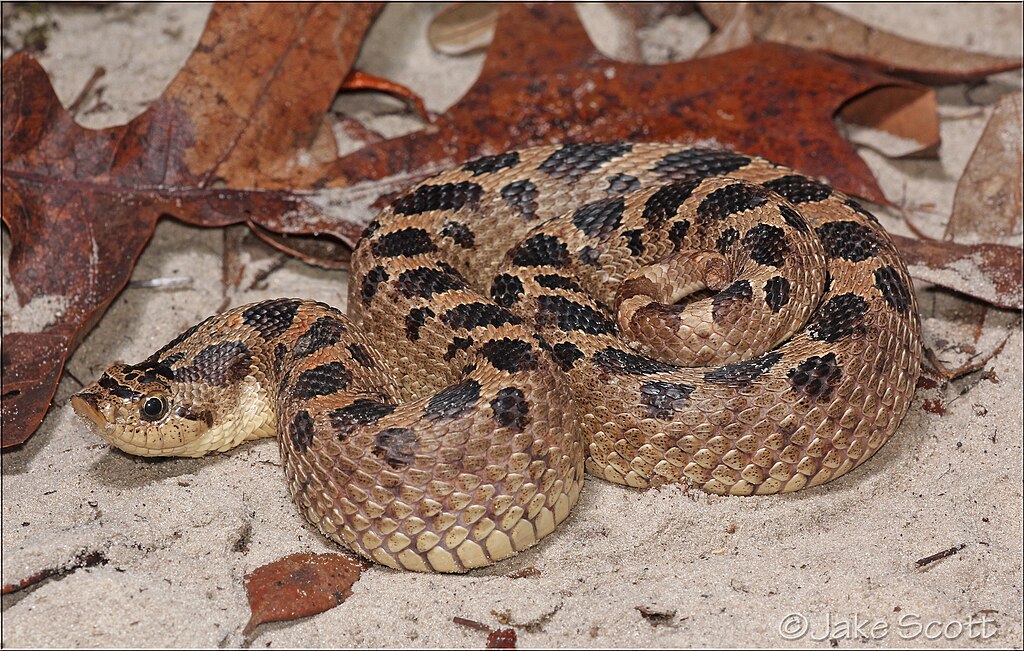
The evolution of scale-based sound production provides significant ecological advantages to the species that possess this ability. By creating distinctive warning sounds, these snakes can often avoid predator encounters without resorting to energetically costly defensive strikes or escape behaviors. Research indicates that many predators, including birds of prey, mammals, and other reptiles, innately recognize and avoid these acoustic warning signals, suggesting a deep evolutionary history to these interspecies communications. For species like rattlesnakes, the sound can also function as a form of Batesian mimicry, where juvenile snakes with smaller, less developed rattles benefit from predators’ learned aversion to the sound of adult rattles. The ecological significance extends beyond predator deterrence to include potential roles in mate selection, territorial signaling, and even environmental navigation in some species.
Conservation Implications for Sound-Producing Snakes

The specialized adaptations for sound production in certain snake species create unique conservation considerations in our increasingly noise-polluted world. Research indicates that anthropogenic noise can mask snake warning signals, potentially leading to increased negative encounters between humans and defensive snakes in noisy environments. Additionally, there is emerging evidence that some predators in highly developed areas may be losing their innate recognition of these warning sounds, disrupting long-established ecological relationships. Conservation efforts for sound-producing snake species now must consider acoustic habitat quality alongside traditional conservation measures like habitat preservation and anti-poaching initiatives. For species like rattlesnakes, which are often persecuted due to fear, education about their warning systems and the ecological services they provide remains an essential component of conservation strategies.
Future Research and Discoveries
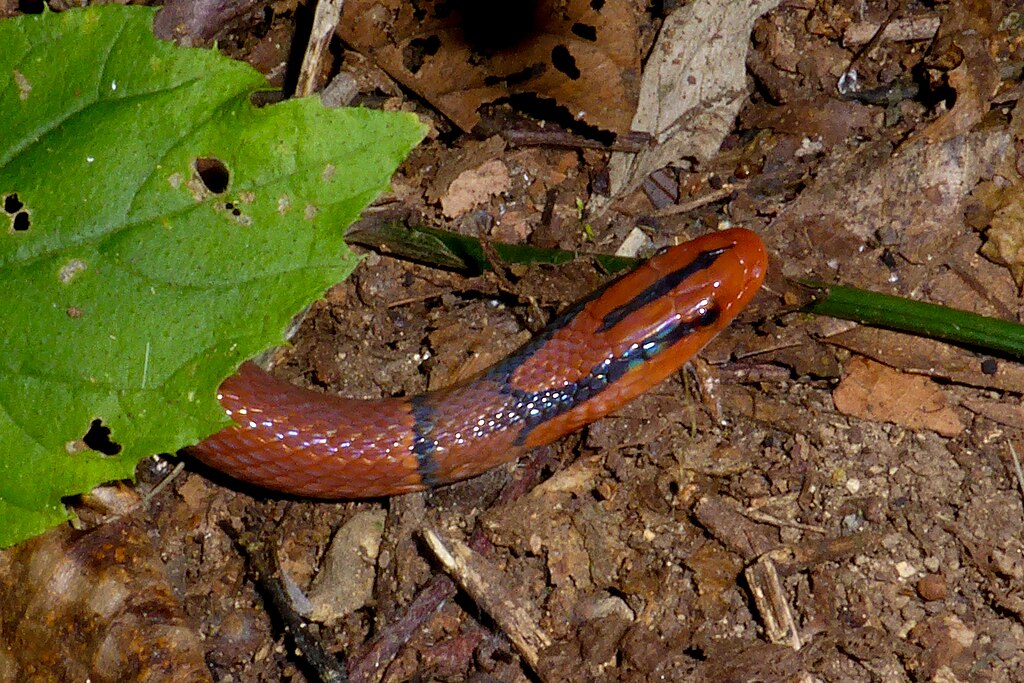
The field of reptile bioacoustics remains ripe for discovery, with new technologies enabling researchers to detect and analyze snake sounds that may have previously gone unnoticed. Recent studies using sensitive vibrational detectors have identified subtle scale-based sounds in several species not previously known to produce audio signals, suggesting this adaptation may be more widespread than currently recognized. Biomimetic researchers are also studying these specialized scales to develop new acoustic technologies inspired by their unique structural properties. As research techniques advance, scientists anticipate discovering additional mechanisms of scale-based sound production across the more than 3,900 known snake species worldwide. This growing body of research continues to demonstrate how these limbless reptiles have evolved remarkably sophisticated adaptations despite their seemingly simple body plan.
From the iconic rattle of the rattlesnake to the subtle rasping of desert vipers, scale-based sound production represents one of the most fascinating adaptations in the reptile world. These specialized structures allow snakes to communicate warnings, establish territories, and navigate their environments without traditional vocal organs. As research advances, we continue to discover new dimensions to these acoustic adaptations, revealing increasingly complex behaviors in these remarkable animals. The next time you hear the distinctive sound of a rattlesnake or encounter another sound-producing serpent, take a moment to appreciate the evolutionary marvel of these specialized scales—nature’s ingenious solution to sound production in animals without voices.

